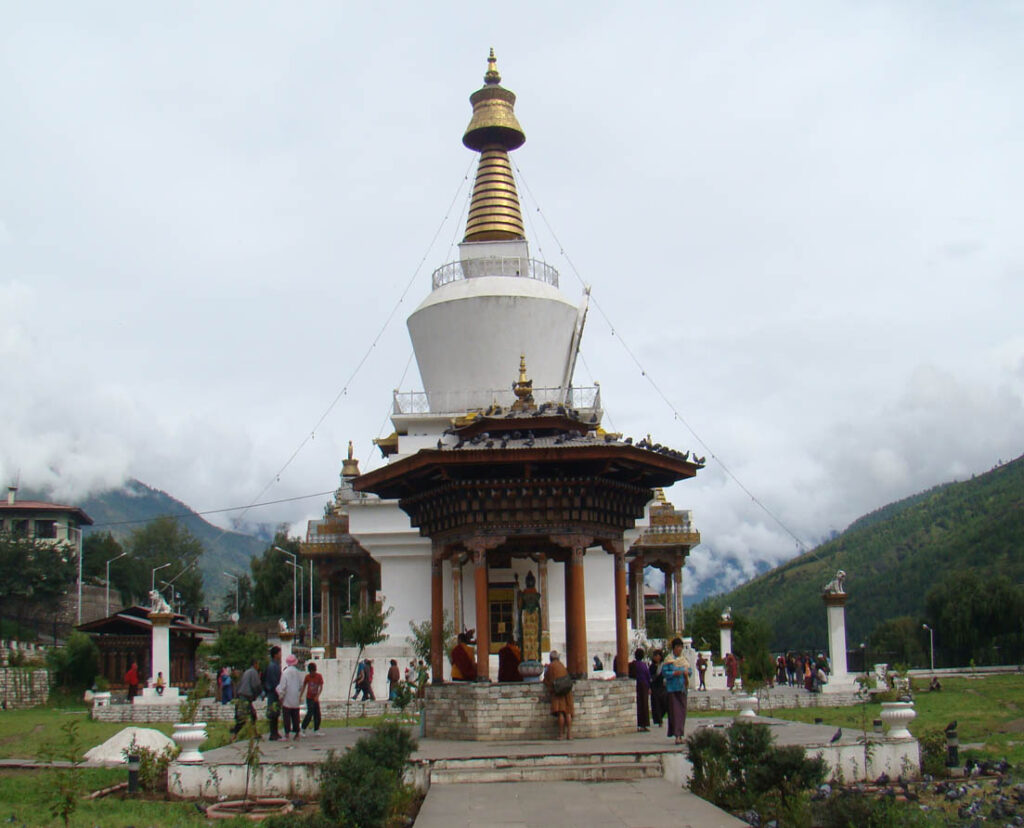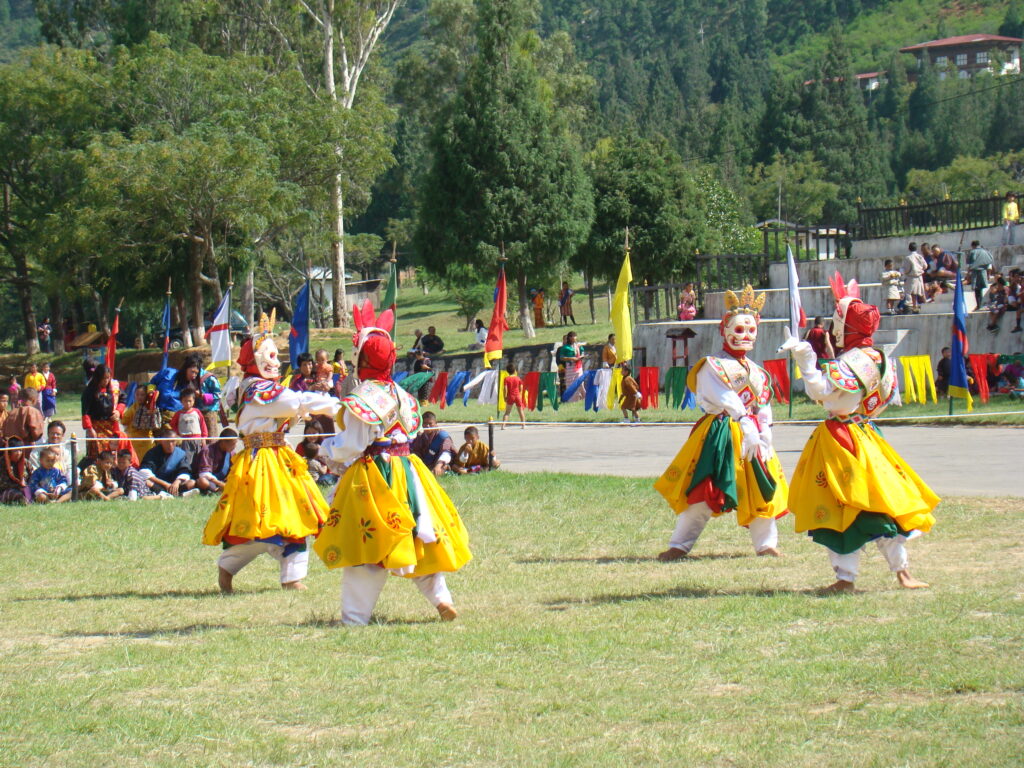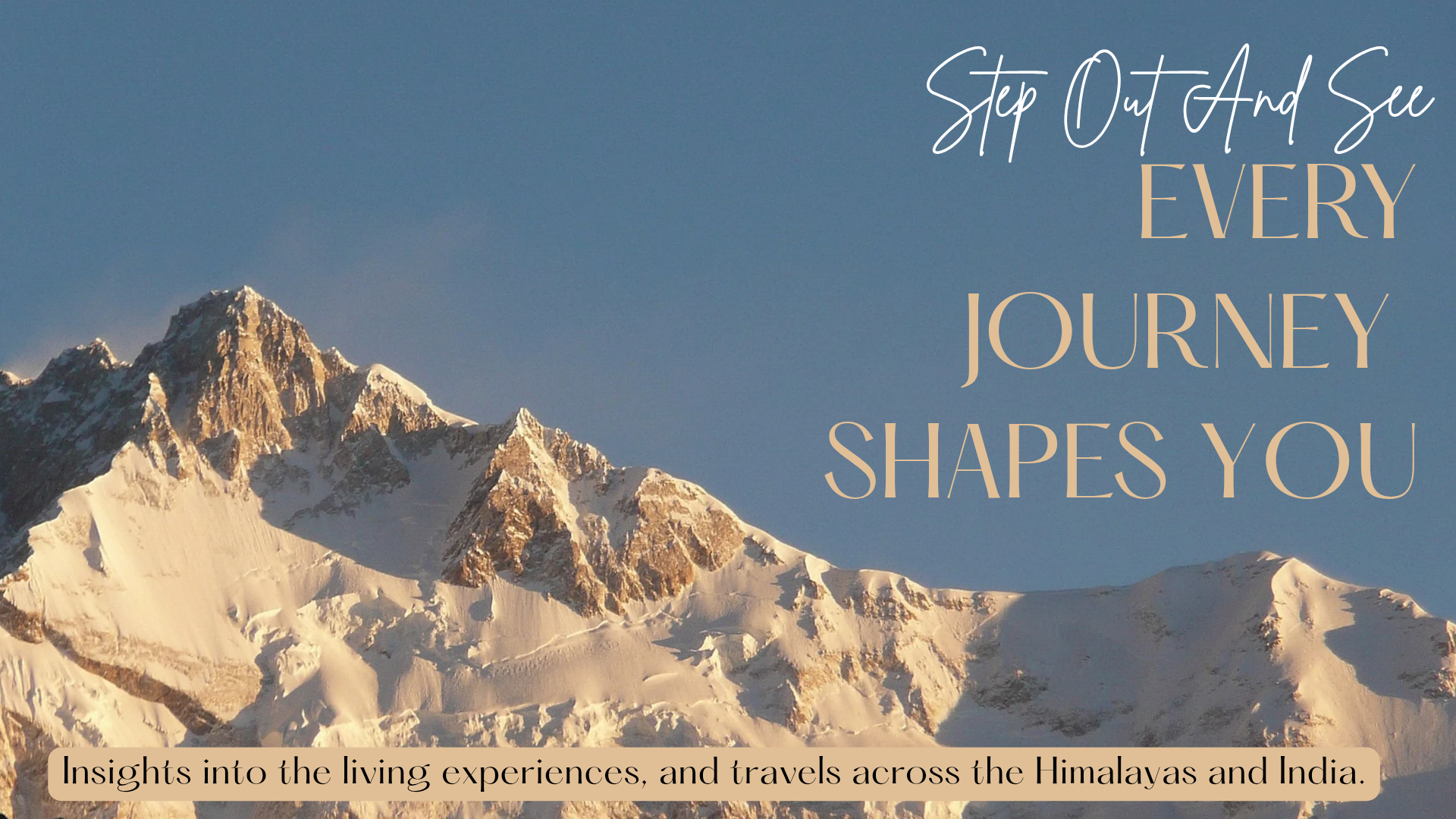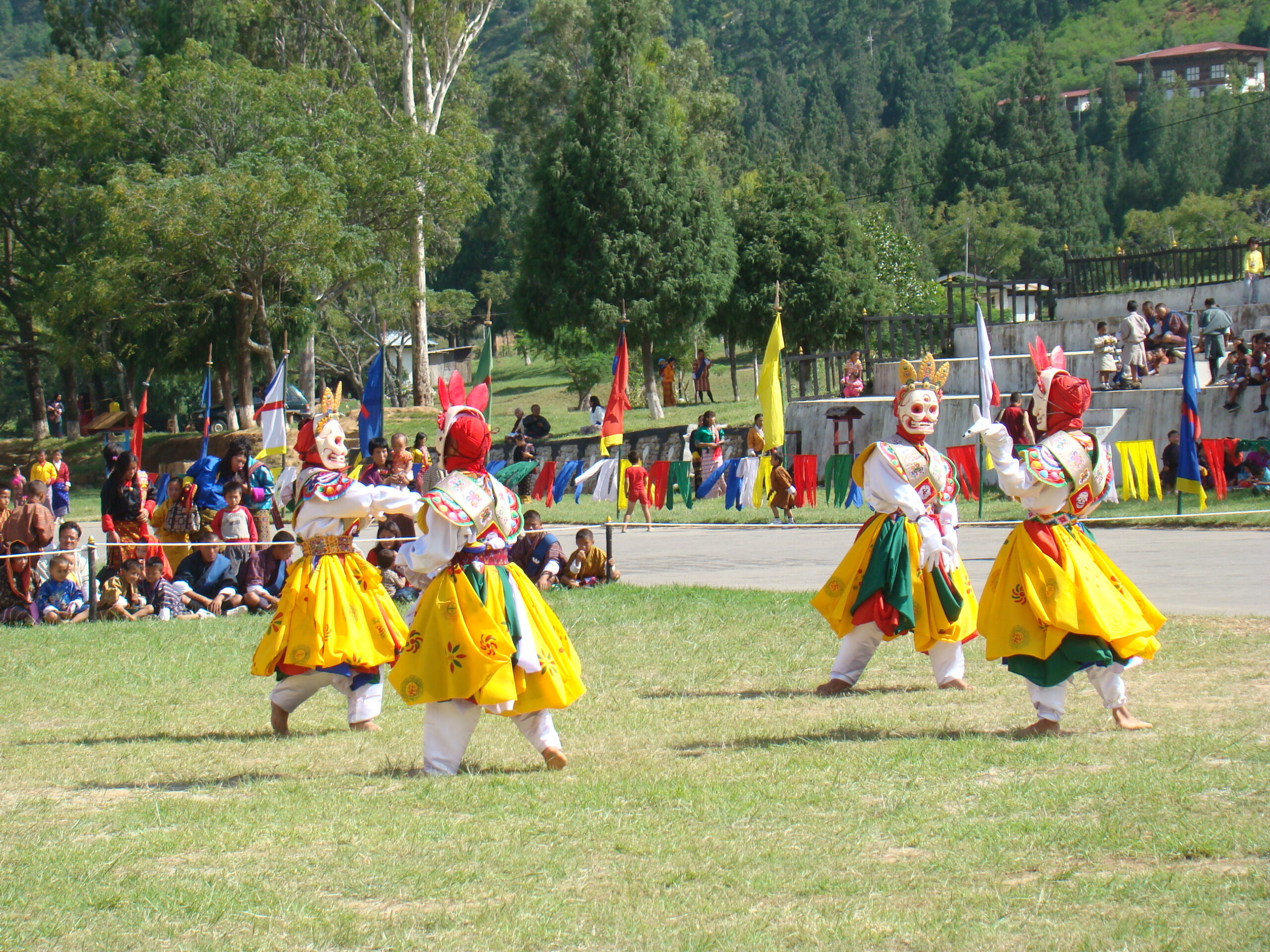Bhutan is indisputably one of the finest destinations in the Himalayas, and probably the only Himalayan destination that does not have to explicitly rely on its mountains for that “Himalayan appeal”. This almost fairytale-like Kingdom of the 21st Century exists in perfect harmony, balancing ancient culture and traditions, while imbibing the goodness of the modern world. This is what I like about Bhutan the most: mindfulness. In my opinion, only a handful of world societies can claim to understand mindfulness as well as the Bhutanese have. Their steps to becoming a progressive and modern society have been carefully measured. Putting western education first, instead of western pop culture; controlling access to foreign bad influences, making young people understand the importance of their cultural heritage, and so on. All for a long visionary goal of the preservation of an ancient society in the face of a rapid, aimless, global modernization, a vision that the people of Bhutan owe to the Fourth Druk Gyalpo Jigme Singye Wangchuck, the most beloved King of his generation.

The transition
I was a teenager growing up in Thimphu during the 90s, when the young Bhutanese were getting increasingly curious about Western cultures. Torn jeans, patched bellbottoms, frizzy hair, LA Gears, bossinis, western pop, and rock music were becoming de rigueur to fit into the gangs of cool young people. Bhutan Broadcasting Service (BBS) used to play the Carpenters, Phil Collins, Roxette, Simon & Garfunkel, et al, year in and year out, through popular song requests. However, soon after, cultural preservation policies were gradually introduced. No, it wasn’t by forceful, autocratic methods, which incidentally Bhutan could afford to do, since it was a monarchy. Instead, these gradual changes were made through awareness, education, and participation of the people in culture-binding activities like Tsechus, et al.
Although TV broadcasting and the internet were not introduced to the general public in Bhutan until 1999, personal TVs were popular among the households in the cities and towns since the late 80s. And with the demand, video cassette stores began to be haunts for people of all ages, and were probably more crowded than the bookstores. At one point in time, the TV brands were also a tool of status assessment. Having Japanese brands like Sony, Panasonic, or Akai usually meant a well-to-do family. Indian brands like Onida or BPL meant the rest. Interestingly, in my memory, Bhutan never had a “below poverty” population even during the 90s. Every family had a land and a house. It is probably still the only region in the Himalayas where I have seen that. When HM the Fourth Druk Gyalpo said Bhutan believed in Gross National Happiness (GNH) instead of Gross Domestic Product (GDP), he meant it from the heart, and he was working on it. If GNH is making a splash today, the foundations were laid in the 80s and 90s.
The inspiration
During my school days, the inspiration for Bhutan was not the US, Europe, or even its closest neighbour India, but a very small country in South East Asia, which has an equally inspirational legacy – Singapore. The inspiration? Cleanliness. A developing nation in the 90s focusing not on the economy, but on cleanliness!
Then there was “Tsa-Wa-Sum”, a pledge by every Bhutanese to uphold the values of “The King, Country, and the People”.
Although a late entrant to the internet and social media world, Bhutan quietly observed its productivity as well as its detrimental effects on society. Bhutan today has one of the most positive contents on social media, focusing majorly on productive ideas, religious content, student-friendly and inspirational videos, travel content, and so on. Bhutanese are also generally more polite in social media discussions, presenting a positive impression of the Bhutanese society.
In 2016, Bhutan’s Prime Minister, Mr. Tshering Tobgay, delighted the international media when, during his TED Talk session, he announced Bhutan was a carbon-negative country. This small Himalayan country shouldered the responsibility to show the world, concerned about climate change, that every country could work towards environmental challenges as Bhutan had done. For a country with 72% forest cover, it was the act of preservation, for several decades, that bore the fruit. It was once again the perseverance of this ever-learning, positive-minded society that showed the path.

The past, present, and the future
In 2023, the Fifth Druk Gyalpo of Bhutan, Jigme Khesar Namgyel Wangchuck announced Bhutan was developing Mindfulness City, a high-tech, futuristic society with the happiness index, bringing together sustainability and mindfulness.
You see, this has been Bhutan, building the country brick by brick to secure the future of its people and land, in the unseen future. Something unscrupulous leaders would have missed, but the generations of wise Bhutanese Kings and their trusted ministers have not.
These small, mindful steps have made Bhutan the most secure, most stable, and most well-organized Himalayan region today.



